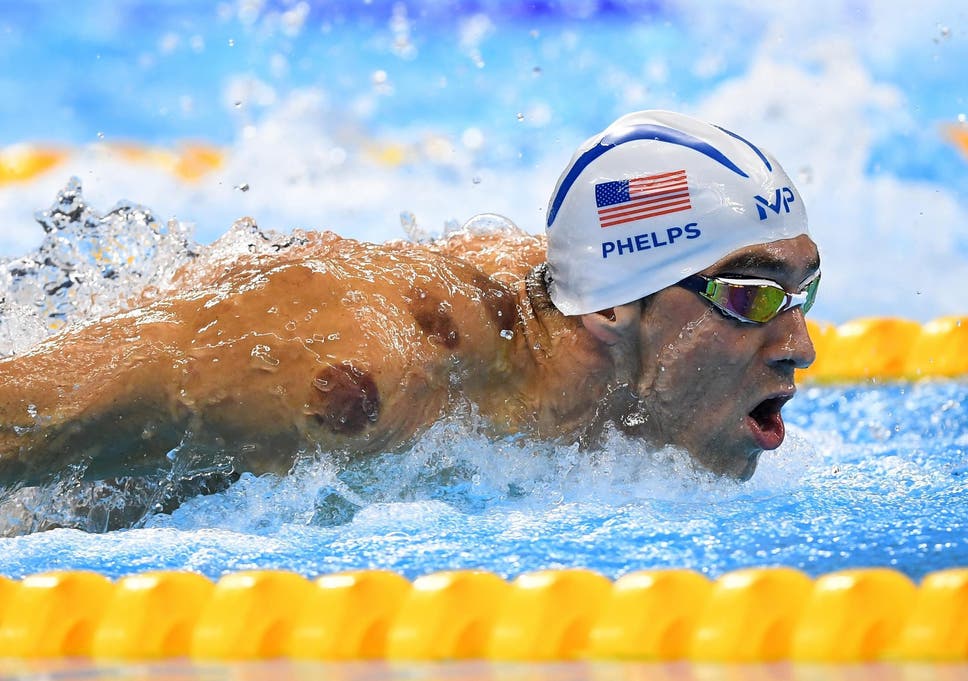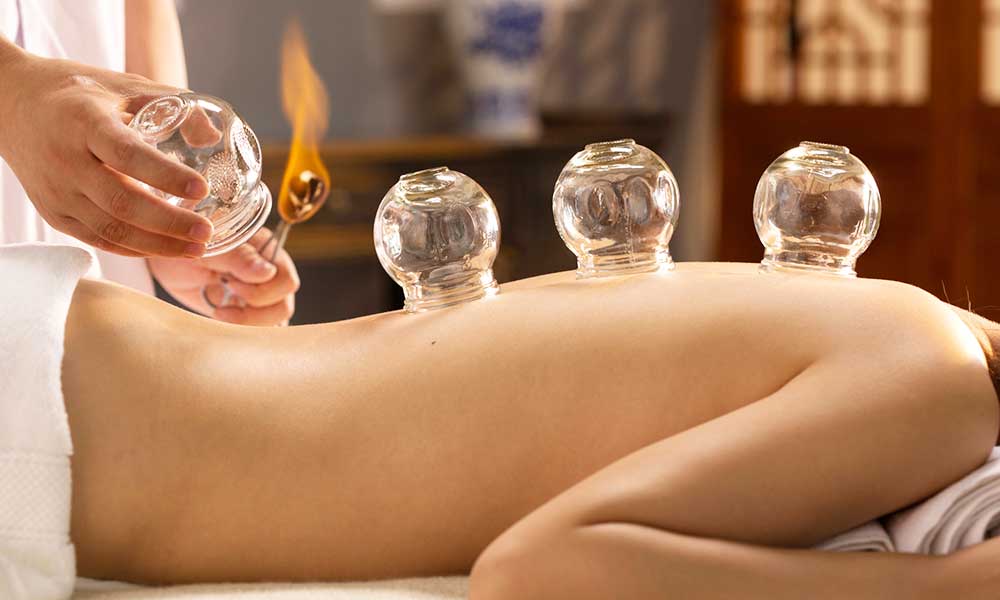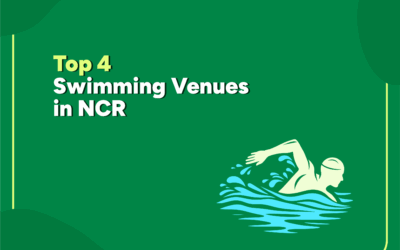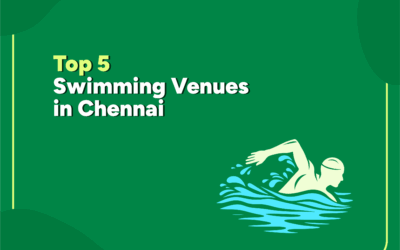Remember the bruises on Michael Phelps back in 2016 Olympic? That was due to cupping therapy. How does it work? Is it helpful or not? Let’s find out!

Cupping was invented in China as an alternative medicine therapy. During the process, cups are placed on the bare skin, creating suction. This promotes healing with the increased blood flow.
Cupping is not new, it dates back to 1550 B.C when ancient Egyptians used it as medical therapy. Cupping is used to help relieve pain, inflammation, and blood flow. It is also used as a form of relaxation and well being, and as deep tissue massage.
There are two types of cupping:
- Dry cupping: Slightly strong suction is applied to the cups. The toxins get extracted from the flesh and as the suction is removed, it flows out of your system through urine.
- Wet cupping: In this method, apart from suction a surgical blade is used to gently scratch the skin. This allows toxic blood to flow directly out of the system once the suction is removed.
To determine which method to use, factors like your medical condition, your preference and the opinion of the medical practitioner are assessed.
Benefits of cupping therapy:
Cupping has been around for many centuries and comes with varies benefits.
- Eliminates weakness resulting from illness or malnutrition
- Loosens tight muscles allowing athletes to train harder
- Improves blood circulation by eliminating congested blood
- Cures skin diseases like acne, herpes, abscess
- Prevents liver diseases by removing impurities from to blood.
- Used for rheumatic diseases such as joint pains, lumbago, arthritis and rheumatism
- Aids the nervous system transmits signals to different parts of the body
- Eases constipation by promoting essential digestive fluids
These are some of the known benefits of cupping base on various studies. Experts acknowledge that more comprehensive studies need to e conducted to determine the effectiveness of cupping.
Side effects of cupping therapy:
There are a few side effects of cupping and these occur during or immediately after the process. These include:
- Light-headedness
- Nausea
- Infection
- Scarring of the skin
- Bruising
Cupping helps athletes to train longer and perform better. It comes with a wide range of benefits for both athletes and non-athletes. If you want to try it, make sure to get it done only by a professional therapist to maximize the benefits and minimize the risks.





0 Comments